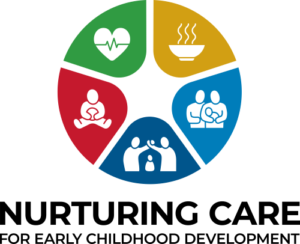الوضع بالنسبة إلى الأطفال الصغار وعائلاتهم على الصعيد العالمي وفي السياقات الإنسانية
يقدم هذا العرض المسجل ومدته 9 دقائق لمحة عامة عن الوضع بالنسبة إلى الأطفال على مستوى العالم، وبشكل أخص الأطفال الذين يعيشون في أوضاع إنسانية (اعتبارًا من أيلول/سبتمبر 2021). وبينما يجري إحراز تقدم، لا تزال هناك فجوات كبيرة في السياسة والتمويل والممارسة، لاسيما في السياقات الإنسانية. كما يقدم العرض الملخص المواضيعي “الرعاية في مرحلة التنشئة للأطفال الذين يعيشون في أوضاع إنسانية” الذي يقدم اقتراحات حول كيفية ضمان حصول الأطفال في البيئات الإنسانية على الرعاية في مرحلة التنشئة




